
|
|
|
|
|
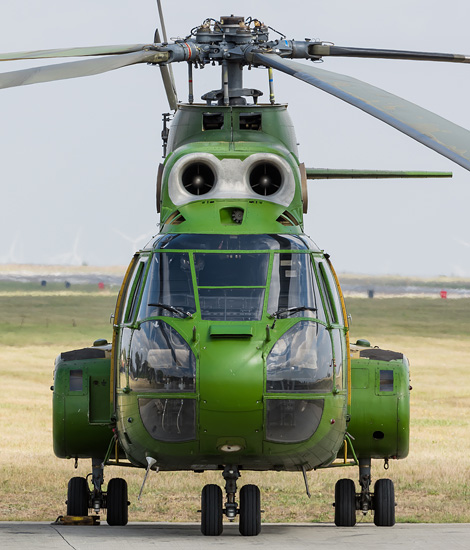
|
The Romanian Helicopter Units; Bacau, September 15, 2015
The Romanian Air Force, part 8; Text and Photograph's by Alex van Noye
On several Romanian airbases is a unit stationed which flies the IAR-330 Socat. This modified helicopter type is a modernized version of the IAR-330L Puma and can be used for offensive tasks. There are also often SAR and transport helicopters present of the type IAR 330L. This helicopter type is in use since the mid-70s.
Despite the fact that Romania was a Warsaw Pact State during the Cold War, the country also wanted to remain independent from the Soviet influence. Instead of buying popular Russian aircraft, Romania had chosen to also build Western helicop- ters under license. On July 30, 1974, the contract for licensed production of the SA-330L Puma helicopter was signed by IAR Brasov under the name IAR-330L Puma. On October 22, 1975, the first IAR-330L Puma helicopter made its first flight. The IAR-330 Puma was built under license in Romania since 1977 and a total of 110 helicopters were built. Later there was a need for a multi-purpose helicopter which is capable to fly missions to perform ground attacks in support of ground troops on a modern battlefield. The Romanian Air Force launched the Puma 2000 program in 1992. Eventually the Socat (Sistem Optronic de Cercetare si Anti-Tanc) (Optical-Electronic Reconnaissance and Anti-Armor System) version of the Puma was developed by the Israeli company Elbit Systems. In September 1995 the Romanian Air Force has signed a contract for the modernization of 25 IAR-330L Puma helicopters to the Socat configuration. The Socat program resulted in a helicopter which was able to perform ground attacks and reconnaissance. The helicopter was well equipped and can also be used for SAR duties on the battlefield. The IAR-330 Socat is able to operate in all weather conditions on difficult terrain such as a mountainous environment.
Despite the fact that the same airframe of the helicopter was used as a basis, the Socat was a totally new helicopter compared with the IAR-330L Puma. The first IAR-330 prototype which was equipped with the Socat system made its first flight in its new configuration on May 26, 1998. The second prototype followed a year later and made its first flight from Ghimbav to Brasov on October 23, 1999. The IAR-330 Socat is equipped with a Nexter THL-20 20mm cannon which is mounted under the nose of the helicopter. This gun has a magazine of 850 rounds and can move in the direction
|
|
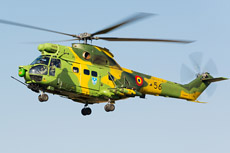
|
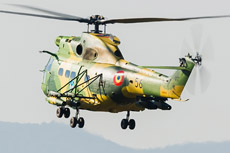
|
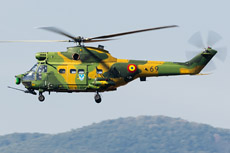
|
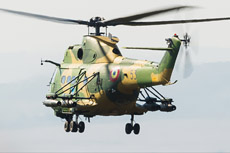
|
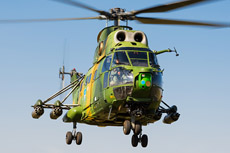
|
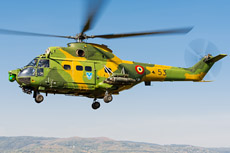
|
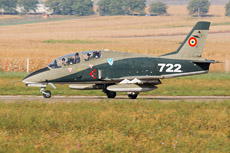
|
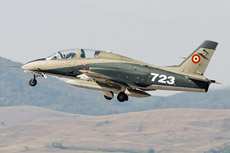
|
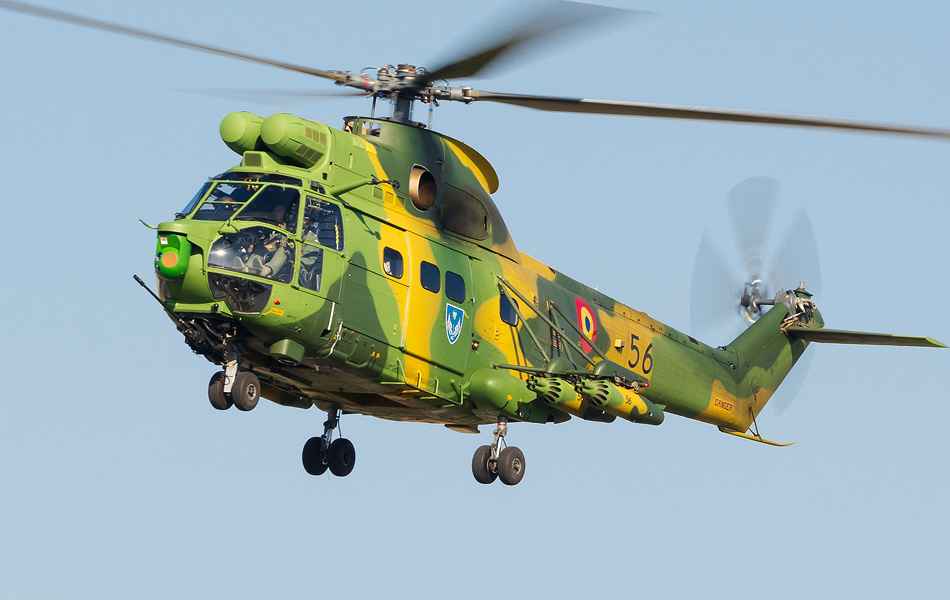
|
where the pilot is looking. The helicopter also has a weapon rack which is mounted on both sides of the fuselage. Four LPR-57 (UB-16-57) unguided rocket launchers can be mounted to these suspension points. Also, eight Rafael Spike-ER anti-tank guided missiles can be attached to the outer two hardpoints. At the beginning of 2001 the first Socat was delivered to the 612th Attack Helicopter Squadron at Titu-Boteni. When this air base closed, these helicopters were moved to Otopeni in 2004. The Socat upgrade program was completed on June 9th, 2005, when the 25th and last helicopter was modernized and delivered to the Romanian Air Force. On August 16, 2001, there was one Socat lost after a crash when one of the helicopters crashed near Titu-Boteni shortly after take-off. This helicopter was replaced by the original prototype which was still available. This Socat was the first helicopter in 1998 and had to be updated to the final standard before the helicopter was delivered.
The IAR-330 is in Romania stationed at various airfields. The Socat units are stationed at two different airfields in Romania. These airfields are Baza 71 Aeriana Campia Turzii where helicopters fly at the 713 Elicoptere Escadrila Socat and Baza 95 Aeriana Bacau where the helicopters fly at the 952 Escadrila Elicoptere Socat. These units each have also have a number of versions of the medevac version of the IAR-330 in use which are used for SAR purposes. The helicopters at Baza 90 Aviatie Transport Otopeni/Henri Coanda are mainly used for transport duties. On this basis are the IAR-330L and IAR-330M variants stationed. Also here are some medevac versions stationed for the SAR flight. The helicopters at this airbase in Bucharest are assigned to the 903 Escadrila Elicoptere Transport. At Baza 57 Aeriana Constanta/Mikhail-Kogalniceanu are helicopters stationed of the type IAR-330L. The Pumas fly here at the 862 Escadrila Elicoptere which is under the command of Baza 86 Aeriana Fetesti. The helicopters on this airbase are especially assigned for the SAR mission along the Romanian coastline and at the Black Sea. In addition, these helicopters also have a transport duty. Finally, there are also helicopters of the type IAR-330M stationed at Baza 93 Aeriana Timisoara-Giarmata. The helicopters fly here at the 712 Escadrila Elicoptere and are under the direct command of Baza 71 Aeriana Campia Turzii. The helicopters of this unit are primarily used for the SAR mission.
Next to the Romanian Air Force also some IAR-330s are delivered to the Romanian Navy. A special variant of the IAR-330 has been developed which would be referred to as the IAR-330 Naval. The first helicopter of this type would be unveiled for the first time in Ghimbav on January 30, 2007. The helicopters would be delivered to the Romanian Navy at Mikhail-Kogelnichanu. The Romanian Navy placed an order for three helicopters of this variant. The Navy version of the IAR-330 is similar to the Socat version, because the same upgrade package is built into this helicopter. The naval version of the IAR-330 has under the nose and main landing gear inflatable floats which can be used for ditching at sea. The navy helicopters will fly from frigates and are primarily used for Search and Rescue (SAR), maritime reconnaissance and medevac missions. After following the increasing involvement of the European Union in the stabilization of Bosnia and Herzegovina, Operation Althea was launched on December 2, 2004. The NATO and the European Union started the SFOR mission on January 4, 2005. A detachment from Baza 90 Aeriana Otopeni was deployed to Bosnia in this period. There were four Socat's flown to the country and over 40 Romanian soldiers would support the mission. The helicopters were deployed to form an air bridge and to detect persons which needed to be evacuated. In total, the Socat's participation in Bosnia took more than six months during this peace keeping mission. In total more than 600 flight hours were made by the Romanians.
|
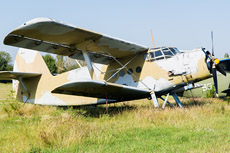
|
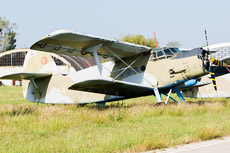
|
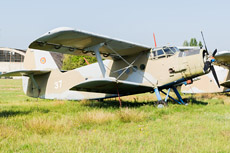
|
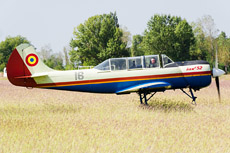
|
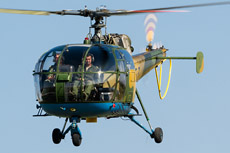
|
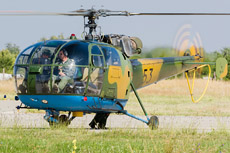
|
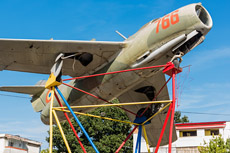
|
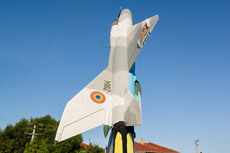
|
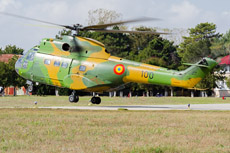
|
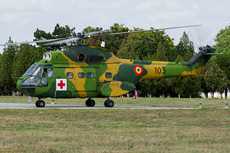
|
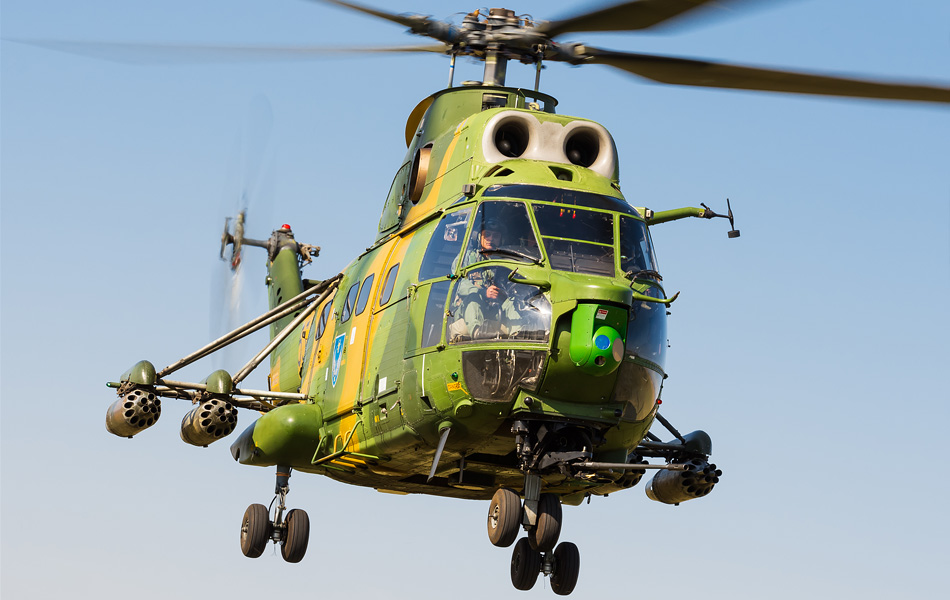
|
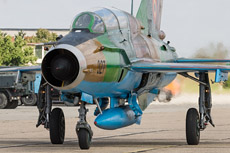
|
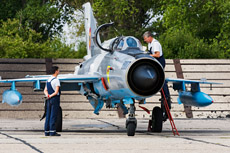
|
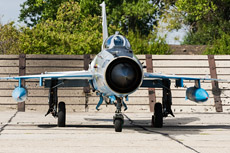
|
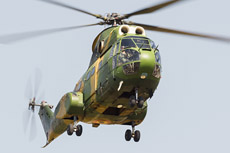
|
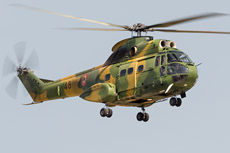
|
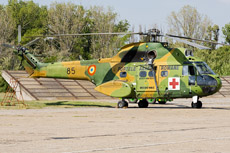
|
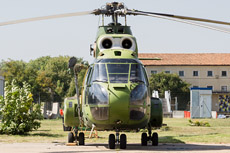
|
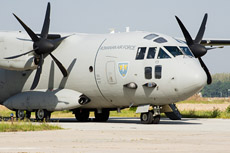
|
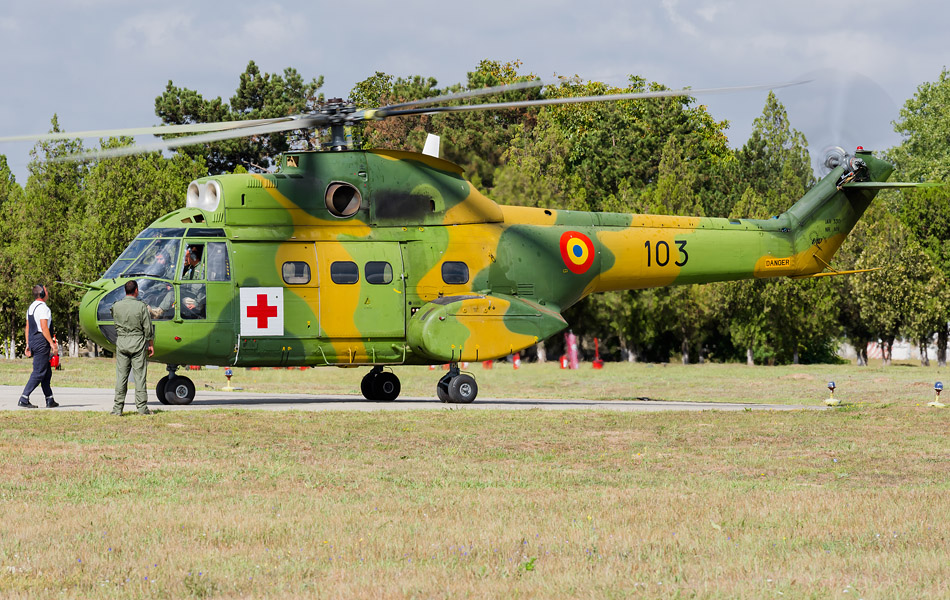
|
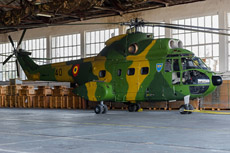
|
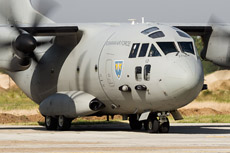
|
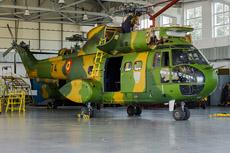
|
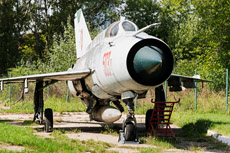
|
|
|

|







